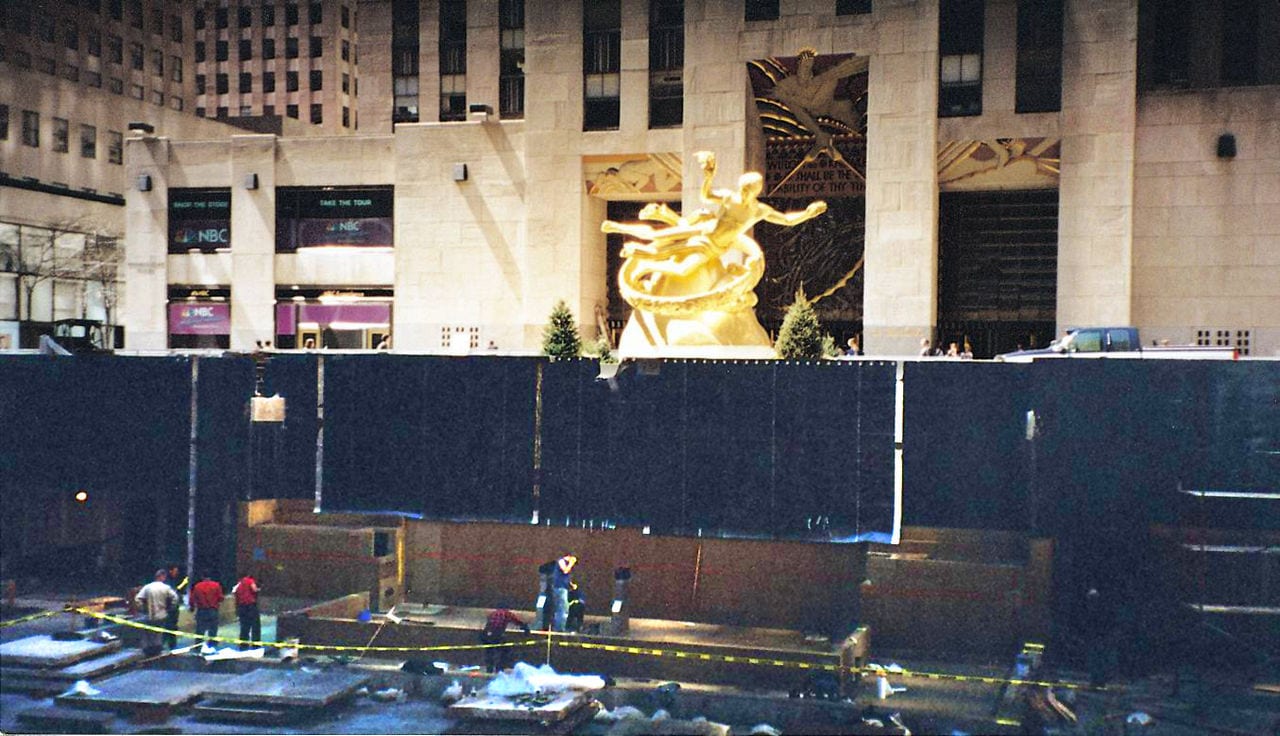Hidden from view once buried underground, below-grade waterproofing systems are often overlooked in construction. Once it's out of sight, it's out of mind. However, taking the appropriate measures to select the right moisture control system is essential to a building's structural integrity. Getting this detail right the first time around can help minimize the risk of problems and expensive repairs over the long term.
Here are some considerations to help guide the selection of below-grade waterproofing systems to promote project success and long-term durability.
Understanding Below-Grade Waterproofing
Below-grade waterproofing encompasses any waterproofing system applied to a structure below ground. When waterproofing below-grade structures, it's critical to account for hydrostatic pressure (the force of water exerted on all sides), capillary action (water flow against the forces of gravity), and the water table (the boundary between saturated and unsaturated ground). These factors all influence which waterproofing system can work most effectively to protect the building from water infiltration.
Materials and Methods
There are three primary types of materials used for below-grade waterproofing: prefabricated sheets, hot- or cold-applied liquid-applied membranes, and mineral-based systems integrated into a concrete foundation. Likewise, there are three installation methods of below-grade waterproofing application: positive-side waterproofing, negative-side waterproofing, and blindside waterproofing.
Positive-side waterproofing is the most common method of below-grade waterproofing application. This process involves installing a waterproofing membrane as a barrier between the structure's exterior and the source of water intrusion. Negative-side waterproofing applies the waterproofing membrane to the structure's interior and is usually combined with additional waterproofing systems.
Blindside waterproofing is installed when excavation beyond the outer foundation wall isn't possible. Such circumstances are common in urban settings where neighboring structures are located in close proximity or in buildings with essential existing infrastructure that cannot be disturbed.
Applied prior to pouring the foundation, a blindside waterproofing system bonds to the concrete as it sets. Even if a building eventually has a leak that gets behind the membrane, water won't travel between the membrane and the concrete because they're attached. This helps limit any defects to a small area. Since blindside waterproofing is applied before pouring a building's foundation, it's essential to get it right. Repairs post-installation are often costly or even impossible.
Project Type and Constraints
The persistence of water intrusion is a significant factor in selecting a below-grade waterproofing system. For example, a building constructed near a river presents challenges in the form of consistent hydrostatic pressure against the foundation walls from flowing water. In such cases, a particularly robust waterproofing solution is needed to help prevent water intrusion. In some instances, allowances may be made for water to enter from the bottom, which can then be pumped away to lower the water table around the structure and allow the waterproofing system to function more effectively.
The nature of a construction project also has a significant bearing on the choice of a below-grade waterproofing system. For example, while a parking garage may allow for the inclusion of a pumping system to supplement a waterproofing membrane, such tolerances would likely be out of the question for a below-grade waterproofing system intended to protect irreplaceable museum objects stored underground or a subterranean television station that may require stringent temperature and noise controls in addition to waterproofing demands.
Life Cycle Costs
Budget constraints may present the temptation to cut corners with below-grade waterproofing. However, this can result in water damage that's often extremely costly or even impossible to remediate. Especially for super-tall structures common in big cities, a sound foundation literally allows the building to continue standing, even in the face of adverse conditions.
For these tall towers, it's important that the structures stay dropped. To dig out the foundation and make an inspection, the whole city street would need to be removed. This is why making the investment to incorporate below-grade waterproofing materials designed to last is essential. The incremental upfront costs are much lower than the disruption or destruction involved with attempted future repairs.
Environmental and Regulatory Factors
There are a variety of environmental and regulatory factors that must be incorporated into below-ground waterproofing details. For example, salt water often creates adverse reactions that require modifications to or substitutions for materials designed for waterproofing against freshwater or even urban stormwater.
A project's site and location can also impact material selection. Brownfields, former gas stations, or decommissioned landfill sites often require soil and site remediation before excavation can begin. Geology can present its own challenges, like solid bedrock or unstable subterranean sandy formations. Additionally, regulations often vary from state to state and at local municipality or unincorporated suburban or rural location levels.
Expertise is also local. Contractors may be resistant to incorporating unfamiliar materials or technology, which may necessitate an education process to achieve buy-in. For example, a technology that's common in Boston may not be welcomed in Miami. When recommending below-grade solutions, starting with the local foundation of knowledge and building from there is key.
Premium Below-Grade Waterproofing Systems
Siplast offers specialized below-grade waterproofing systems. These products, designed for both vertical and horizontal applications, have been developed with similar materials and technology used in roofing systems, such as:
- Siplast® TeraPROOF™ Pre-Applied V-SBS Membrane: A modified bitumen membrane designed for vertical waterproofing below-grade applications consisting of a 180-gram polyester mat impregnated and coated with a styrene-butadiene-styrene (SBS) modified bitumen.
- Siplast® TeraPROOF™ Pre-Applied H-SBS Membrane: A modified bitumen membrane designed for horizontal below-grade waterproofing applications consisting of a 250-gram polyester mat impregnated and coated with an SBS-modified bitumen.
For both products, the top side is surfaced with fine mineral aggregate, and the back surface is coated with an SBS-modified bitumen adhesive layer specifically formulated for torch lap sealing applications with a polyolefin burn-off film bottom surface. This design contributes to exceptional waterproofing and helps ensure long-lasting performance and structural integrity by protecting building foundations from water intrusion, making it an excellent solution for a range of commercial below-grade waterproofing needs.


